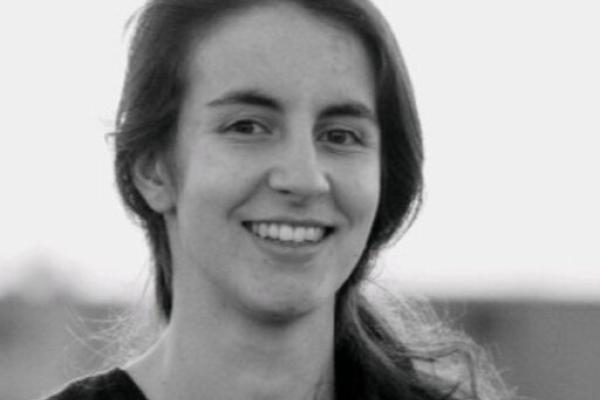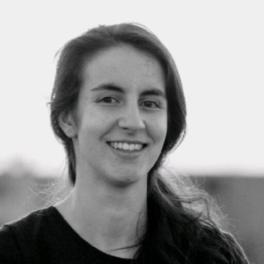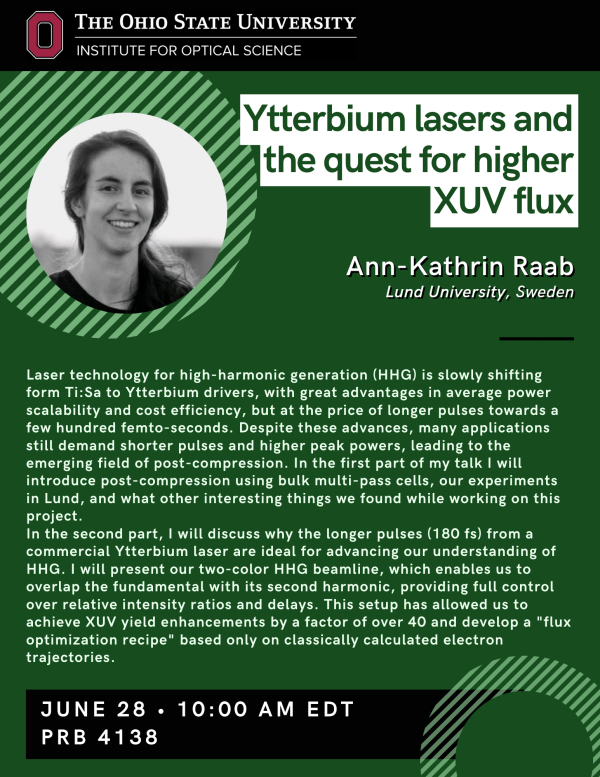
Ytterbium lasers and the quest for higher XUV flux
Ann-Kathrin Raab, Lund University, Sweden
Time: Friday, June 28 2024 at 10AM
Location: Physics Research Building 4138

ABSTRACT: Laser technology for high-harmonic generation (HHG) is slowly shifting form Ti:Sa to Ytterbium drivers, with great advantages in average power scalability and cost efficiency, but at the price of longer pulses towards a few hundred femto-seconds. Despite these advances, many applications still demand shorter pulses and higher peak powers, leading to the emerging field of post-compression. In the first part of my talk I will introduce post-compression using bulk multi-pass cells, our experiments in Lund, and what other interesting things we found while working on this project.
In the second part, I will discuss why the longer pulses (180 fs) from a commercial Ytterbium laser are ideal for advancing our understanding of HHG. I will present our two-color HHG beamline, which enables us to overlap the fundamental with its second harmonic, providing full control over relative intensity ratios and delays. This setup has allowed us to achieve XUV yield enhancements by a factor of over 40 and develop a "flux optimization recipe" based only on classically calculated electron trajectories.
This event is open the public.

